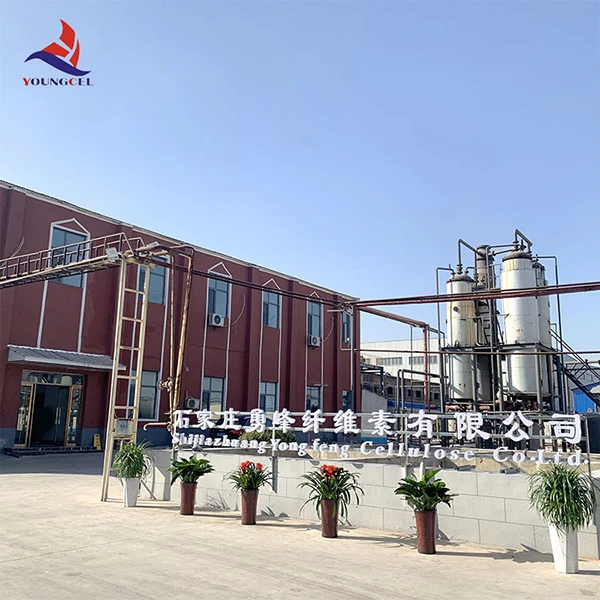Exploring the Aesthetic and Functional Potential of Wall Putty in HPMC Applications
In the realm of construction and interior design, wall putty has emerged as a pivotal material that ensures a smooth finish for walls and ceilings. Among the various additives that can enhance the performance of wall putty, Hydroxypropyl Methylcellulose (HPMC) is particularly notable. This article delves into the significant benefits of HPMC in wall putty formulations and its implications for both aesthetic appeal and functional performance.
Wall putty serves as a preparatory layer for painting or finishing surfaces, providing a smooth and even base. It is typically made from white cement, water, and various additives that improve its properties. The incorporation of HPMC into wall putty can enhance its workability, water retention, and adhesion, making it a superior choice for both contractors and homeowners.
The Role of HPMC in Wall Putty
Hydroxypropyl Methylcellulose is a cellulose ether that serves multiple purposes in construction materials. When added to wall putty, HPMC significantly improves viscosity and flow characteristics. This enhancement allows for easier application and spreadability, ensuring that the putty can be smoothly applied to surfaces with minimal effort. This is particularly important for achieving a flawless finish, as it can reduce the occurrence of imperfections and unevenness.
Moreover, HPMC contributes to the water retention capabilities of wall putty. This property is crucial during the curing process, as it prevents the putty from drying too quickly. When the putty dries too fast, it may crack or fail to adhere properly to the substrate. By incorporating HPMC, contractors can ensure that the putty maintains optimal moisture levels, allowing it to cure evenly and effectively.
Aesthetic Considerations
wall putti hpmc

Beyond functional advantages, wall putty with HPMC also offers aesthetic benefits. A smooth surface achieved through high-quality wall putty provides an ideal canvas for painting and other decorative finishes. The uniformity of the surface minimizes the likelihood of paint imperfections, ensuring that colors appear vibrant and consistent. This is particularly beneficial for interior spaces, where visual appeal is paramount.
Furthermore, wall putty enhanced with HPMC can be easily sanded and polished, providing a final touch that elevates the overall appearance of the surface. This level of refinement is essential for high-end projects where detail and perfection are required. Whether for residential or commercial spaces, the visual impact of well-finished walls can significantly influence the perception of a property.
Environmental and Health Considerations
In addition to performance and aesthetic benefits, there is growing recognition of the environmental and health implications of construction materials. HPMC is regarded as a non-toxic additive, making it a safer choice for indoor applications. Its use in wall putty can contribute to healthier indoor air quality, which is particularly important in residential spaces where families spend significant time.
Moreover, as sustainable building practices gain momentum, the incorporation of HPMC in wall putty aligns with eco-friendly initiatives. Many manufacturers are focusing on creating products that minimize environmental impact, and HPMC's biodegradable properties further enhance its appeal within this context.
Conclusion
In conclusion, the incorporation of Hydroxypropyl Methylcellulose in wall putty formulations significantly elevates its performance, aesthetic quality, and environmental viability. The benefits of improved workability, water retention, and a smooth finish make HPMC-enhanced wall putty an indispensable material in modern construction and interior design. As the industry continues to evolve, embracing such innovative solutions will not only optimize building processes but also contribute to creating healthier and more visually appealing environments for all.
-
Premium Detergent Grade HPMC Hydroxypropyl Methylcellulose: Superior Thickening & StabilityNewsAug.31,2025
-
HEC 100000 Hydroxyethylcellulose for Paint | Superior ThickeningNewsAug.30,2025
-
Wall Putty Rdp Powder Packaging DesignNewsAug.29,2025
-
Introduction to Hpmc Hydroxypropyl Methyl CellulosNewsAug.29,2025
-
Hpmc Industri Grade IntegrationNewsAug.29,2025
-
How to Choose the Right Construction AdhesiveNewsAug.29,2025




